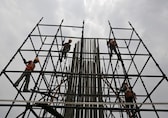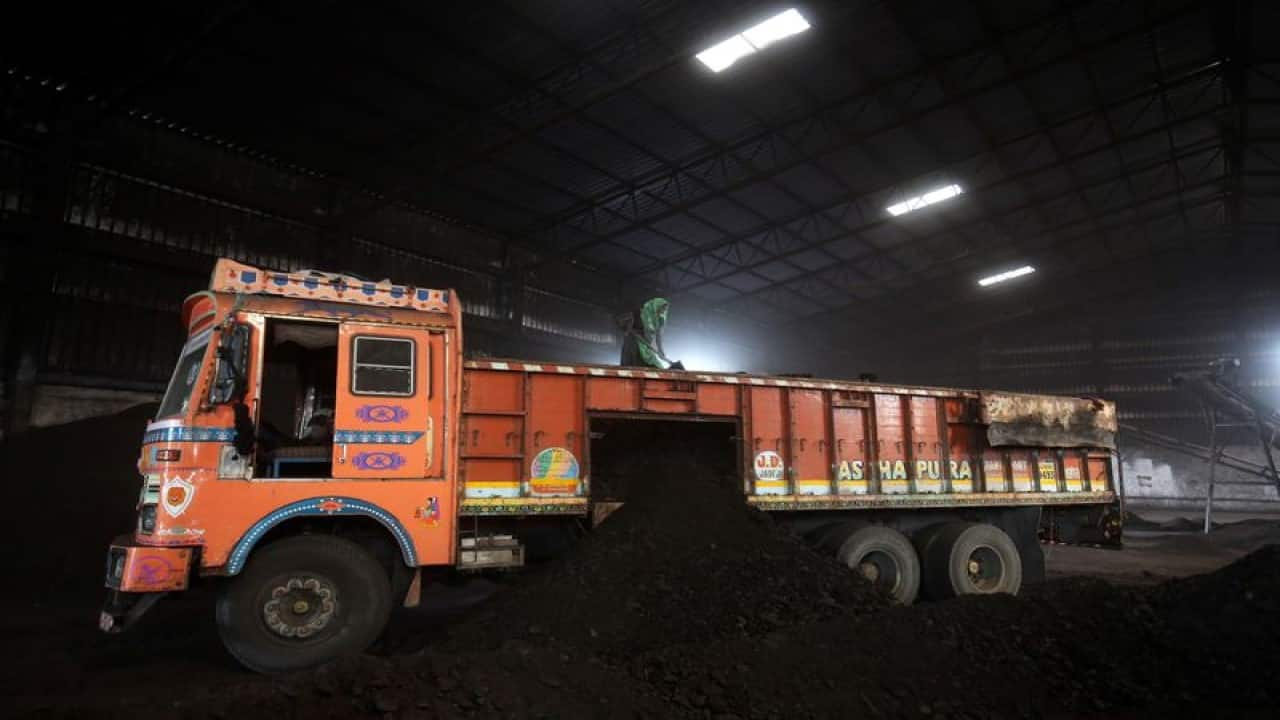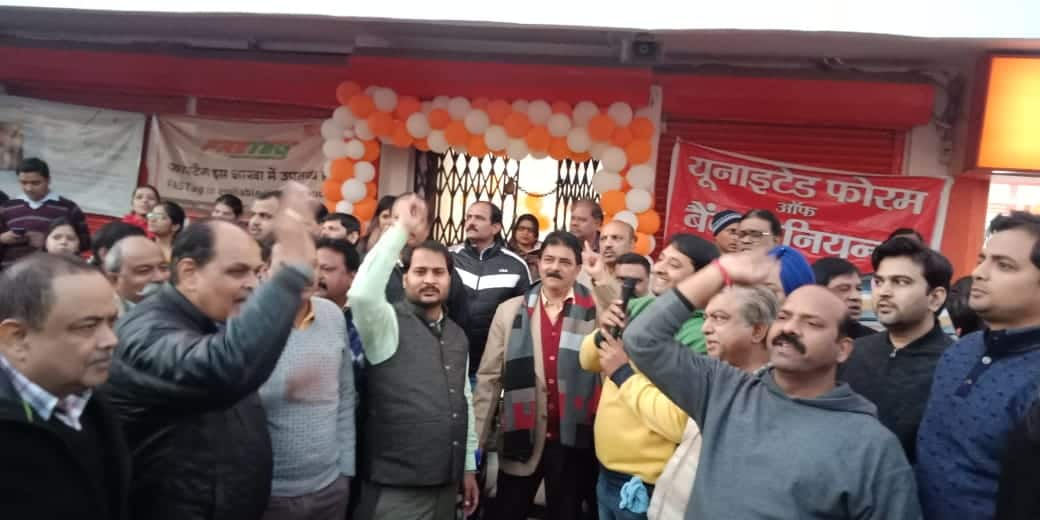On a yearly basis, net absorption of commercial space in 2020 stood at 20.91 mn sf compared to 46.09 mn sf in 2019 indicating that there was a decline of 54.6%, according to a report.
Bengaluru continued to hold the major share with 29.5% followed by Hyderabad, Mumbai, and Delhi NCR with 26.0%, 12.1%, and 10.3% share respectively, Cushman & Wakefield said in its India Office Report for Q4 (Oct-Dec 2020).
The net absorption in the fourth quarter of 2020 stood at 6.49 mn sf, which was higher by nearly 2.5X compared to Q3 2020, however it was lower by 34.9% compared to Q4 2019. Bengaluru, Hyderabad, and Chennai have contributed significantly towards net absorption with a share of 29.7%, 26.6%, and 17.0% respectively, mainly due to projects with significant pre-commitments get operational during the quarter which resulted in improved overall net absorption.
As all the major cities gradually opened for business post lockdown and there was enhanced economic activity during the last quarter of 2020, there was an improvement in gross leasing across all cities. The report shows that there was a 16.3% growth in H2 2020 (27.2 mn sf) in comparison to H1 2020 (23.3 mn sf).
On a year-on-year basis, gross leasing stood at 50.5 mn sf compared to 70 mn sf in 2019 indicating a decline of 29%. On a quarterly basis, Q4 2020 saw gross leasing of 12 mn sf which is 20% lower compared to Q3 2020 and lower by 51.4% compared to Q4 2019 for the top eight cities.
Bengaluru was the most active city in terms of gross leasing activity in Q4 with 27.1%, followed by Mumbai and Delhi NCR with 18.3% and 17.3% share.
Except for Delhi NCR, Mumbai, and Pune all other cities witnessed a drop in gross leasing on a q-o-q basis. During 2020, Bengaluru continued to lead the charts with 27.1% share followed by Mumbai (16.5%), Delhi NCR (16.5%) and Hyderabad (15.4%) share.
In case of completions too, they were down by 24.9% during 2020 (39.10 mn sf) compared to the previous year (2019 – 52.03 mn sf). Bengaluru held the maximum share with 28.6% share, followed by Hyderabad, Delhi NCR and Mumbai with 20.0%, 15.2%, and 14.3% share in completion during 2020, the report said.
Completion witnessed increased activity in Q4 2020, resulting in 13.17 mn sf of supply getting added, which was higher by 56.0% on q-o-q basis. On a y-o-y basis, new completions were also up by 31.2% compared to Q4 2019, the report said.
In terms of leasing activity in Q4, the IT-BPM sector continued to witness maximum share with 20.6% share in overall leasing. BFSI accounted for a 15.4% share followed by Captive centres (GCCs) with a 14.0% share.
The engineering and manufacturing sector saw a notable contribution with 13.2% share in gross leasing. The IT-BPM (27.0%) sector on yearly basis also seen the maximum share followed by captive centres (GCCs) with 21.4%, engineering and manufacturing sector and BFSI with 11.0% and 9.9% share respectively.
The pre-commitment activity was at 1.82 mn sf compared to 5.26 mn sf in the previous quarter, as major cities witnessed lower pre-commitments during the quarter.
Cities like Bengaluru, Hyderabad, Pune, and Ahmedabad saw pre-commitments during the quarter. However, on a yearly basis, pre-commitments stood at 12.93 mn sf which is lower by 27.05% compared to 2019 (17.72 msf).
Southern cities of Bengaluru, Hyderabad and Chennai contributed to most towards pre-commitments in 2020 with share of 39.5%, 26.9% and 16.6% share respectively, the report said.
Commenting on the Office Market report for Q4, Anshul Jain, Managing Director – SE Asia & India, said, "Since the outbreak of the pandemic, the office sector in India has undergone a variety of cyclical and structural changes. However, we are seeing a gradual recovery in leasing activity and it will get better by the first half of 2021 on the back of clarity on vaccine approval and roll-out, stronger business and economic sentiment, and healthy office space demand, especially from global multinational corporations.”








































